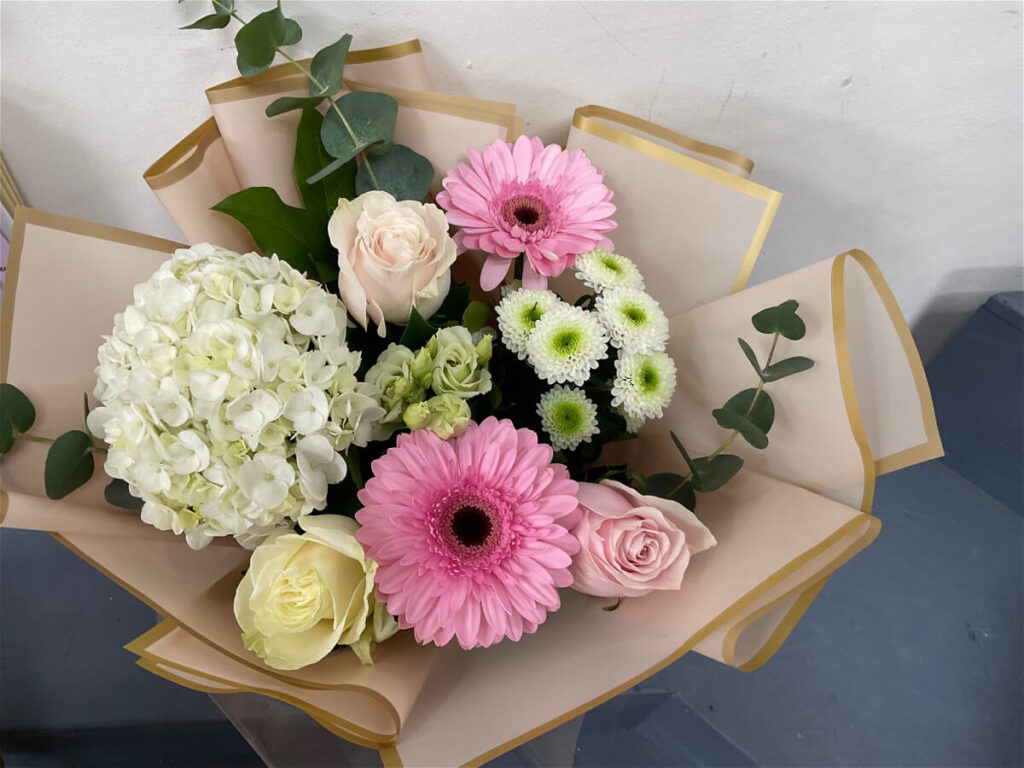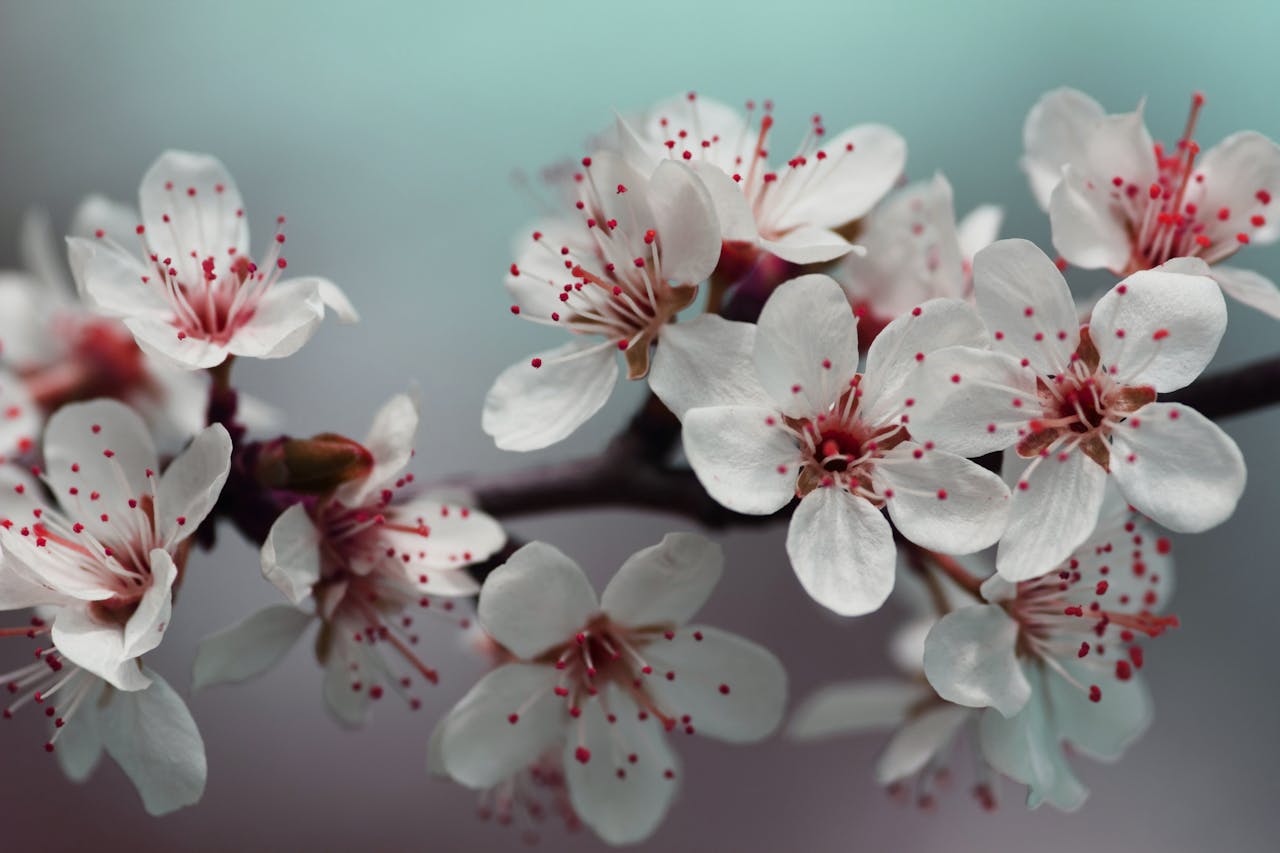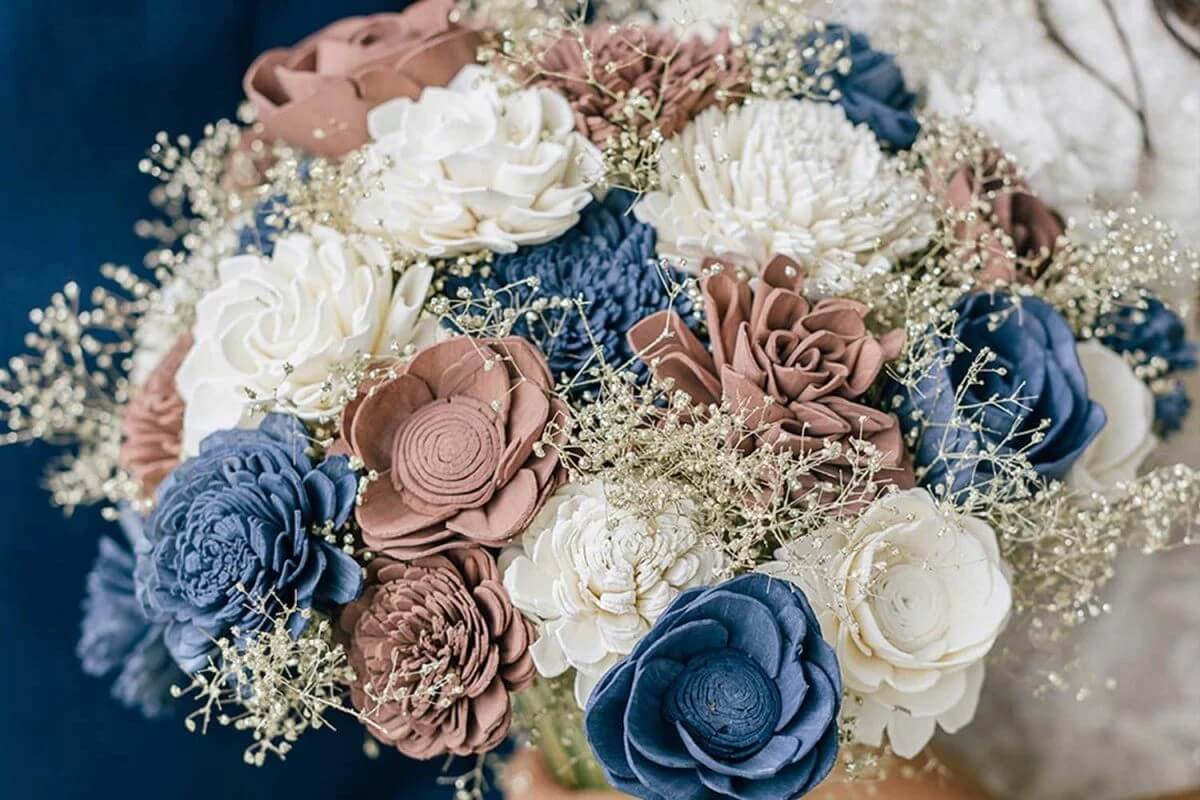Walk through a summer garden at dawn, and it’s impossible not to pause where the lilies grow. Their tall, elegant stems reach skyward as if in prayer, each blossom unfolding like a whispered secret. There’s something ethereal about them—graceful, bold, and quietly powerful all at once. They don’t beg for attention, yet they command it. They simply bloom with purpose and poise.
While roses may often steal the spotlight as the universal symbol of love, lilies speak a quieter, deeper language. With every petal, they express messages of purity, grief, renewal, and even passion—depending, of course, on the context and the color.
Let’s step into the enchanting world of lilies—where mythology meets botany, symbolism meets science, and every bloom tells a story.
A Bloom with Ancient Roots
Lilies are among the oldest cultivated flowers in the world, with a legacy dating back thousands of years. They appear in art, myth, religion, and even on ancient coins. The name lily comes from the Latin lilium, derived from Greek leirion—both referring to white lilies, particularly the Madonna lily (Lilium candidum), which has long symbolized purity and divinity.
Unlike the rose, which has always been tied to love and sensuality, the lily began its journey in more sacred spaces. Where roses flirt, lilies reflect. Where roses whisper promises, lilies convey presence—a subtle, powerful kind.
Symbolism: Messages in Bloom
What do lilies mean? That depends on the era, the culture, and yes, the color. Let’s take a walk through history and meaning, one petal at a time.
In Ancient Myth and Religion
- In Greek mythology, lilies were believed to have sprung from the milk of Hera, queen of the gods. Because of this, they came to symbolize motherhood and divine femininity.
- In Christian tradition, especially in medieval Europe, the lily was associated with the Virgin Mary. The white Madonna lily became a symbol of purity, chastity, and spiritual devotion.
- In Egyptian tombs, lilies were laid as offerings, representing rebirth in the afterlife.
- In China, lilies are auspicious wedding flowers, symbolizing unity, 100 years of love, and fertility.
Color and Meaning
Like roses, lilies have a nuanced language depending on their hue:
- White Lilies: Purity, virtue, and renewal. Often used in weddings and funerals alike, they represent both beginnings and farewells.
- Pink Lilies: Admiration, compassion, and femininity. These are warm, gentle flowers ideal for expressing affection.
- Red Lilies: Passion, romance, and confidence. They carry the same boldness as red roses, but with a slightly more exotic touch.
- Orange Lilies: Energy, pride, and confidence. In some cultures, they can also symbolize wealth or a strong sense of self.
- Yellow Lilies: Joy, friendship, and new beginnings. A cheerful bloom with a bright disposition.
One must be careful, however—certain lilies, such as tiger lilies, have been seen as symbols of pride or even revenge, depending on context. Like any language, the message depends on who’s speaking—and who’s receiving it.
Varieties: A Garden of Possibilities
With over 90 species and countless hybrids, the lily family (Lilium) offers incredible diversity. These aren’t to be confused with “daylilies” or “calla lilies,” which, despite their names, belong to different plant families. True lilies grow from bulbs, with tall stalks and large, trumpet-shaped blooms.
Here are a few show-stopping favorites:
Asiatic Lilies
- Early bloomers and incredibly hardy.
- Less fragrant than other types, but come in a wide spectrum of bold colors.
- Ideal for cut-flower arrangements and adding height to garden beds.
Oriental Lilies
- Famous for their large blooms and heady fragrance.
- Often found in pink, white, or deep red tones.
- Think of the classic ‘Stargazer’ lily—a star-shaped bloom with hot-pink petals and a powerful scent that fills an entire room.
Trumpet Lilies
- Tall and dramatic with blooms that resemble elongated bells or horns.
- Often white or cream with yellow throats.
- Striking in formal garden designs and symbolic of grandeur and elegance.
Tiger Lilies
- Recognizable by their orange petals and dark spots.
- Associated with pride and sometimes even vengeance.
- Wild, fiery, and often found in naturalized areas where they return year after year with almost no care.
Martagon Lilies
- A bit more rare and whimsical.
- Blooms in downward-facing clusters with recurved petals.
- A nod to medieval gardens and natural woodlands.
A Global Favorite
Lilies grow naturally across Europe, Asia, and North America, adapting to alpine meadows, woodlands, and cultivated borders alike. In fact, they’re revered across many parts of the world not just for their beauty, but for their medicinal and ceremonial value.

In Japan, the yuri lily is celebrated for its elegance and purity, often featured in seasonal ikebana arrangements. In France, the fleur-de-lis—a stylized lily—became the royal symbol of the French monarchy, standing for loyalty, honor, and chivalry.
Meanwhile, in modern Western culture, lilies have become nearly synonymous with Easter, symbolizing resurrection and spiritual renewal. Their presence in both secular and sacred spaces makes them one of the most versatile and universally beloved blooms.
Timeless Elegance: Lilies in Life and Art
While roses dominate love songs and Valentine’s Day, lilies are the poets’ muse. They inspire deeper emotions—those hard to describe and impossible to fake. Their elegance is timeless, their structure almost architectural.
In art, lilies appear in Renaissance religious paintings, resting beside saints or blooming at the feet of angels. In poetry, they’ve been symbols of innocence and beauty too perfect for this world.
- “The modest Rose puts forth a thorn,
The humble sheep a threat’ning horn:
While the Lily white shall in love delight,
Nor a thorn nor a threat stain her beauty bright.”
— William Blake
In weddings, lilies are still chosen for their soft beauty and symbolic purity. In funerals, they remind us of the soul’s journey, the fragility of life, and the beauty that endures even in grief.
There’s a formality to lilies, yet they never feel distant. Whether rising from a manicured bed or blooming wild near a riverbank, they seem to embody both dignity and delight.
Conclusion: Listening to the Lilies
In a world that often favors loudness over stillness, lilies invite us to slow down. To observe. To feel.
They don’t need elaborate arrangements to shine. A single lily in a glass vase is enough to change a room’s mood—to add elegance, calm, and a touch of quiet mystery. They remind us that beauty doesn’t always need applause. Sometimes, it just needs to be.
As a gardener, I look forward to lilies each year not just for their blooms, but for their presence. They rise steadily, bloom fully, and fade gracefully—like poetry lived in real time.
So the next time you see a lily—whether it’s tucked into a bridal bouquet, growing wild by the roadside, or standing tall in your garden—take a moment. Listen. Let its silent language speak to you.
Because in the world of flowers, every petal has something to say. And lilies? They speak in truths too tender for words.



